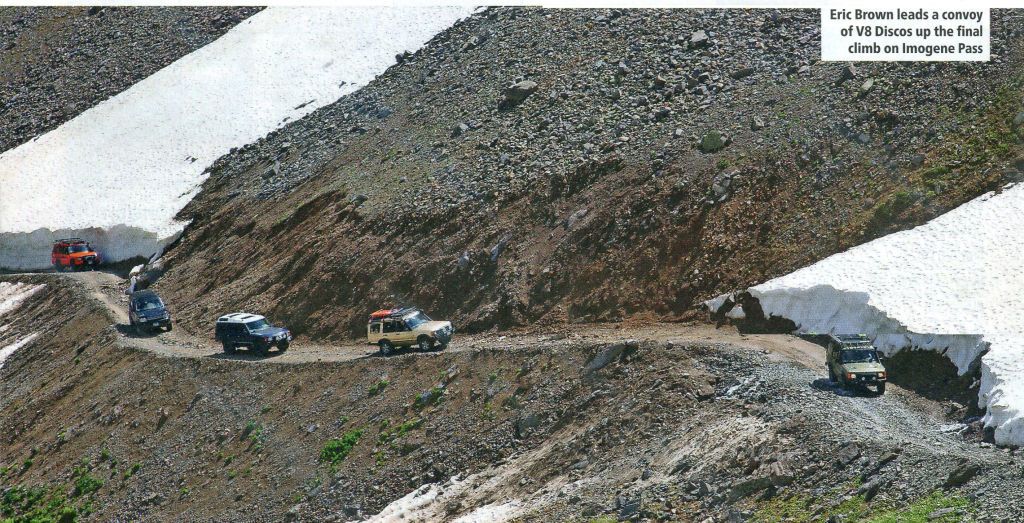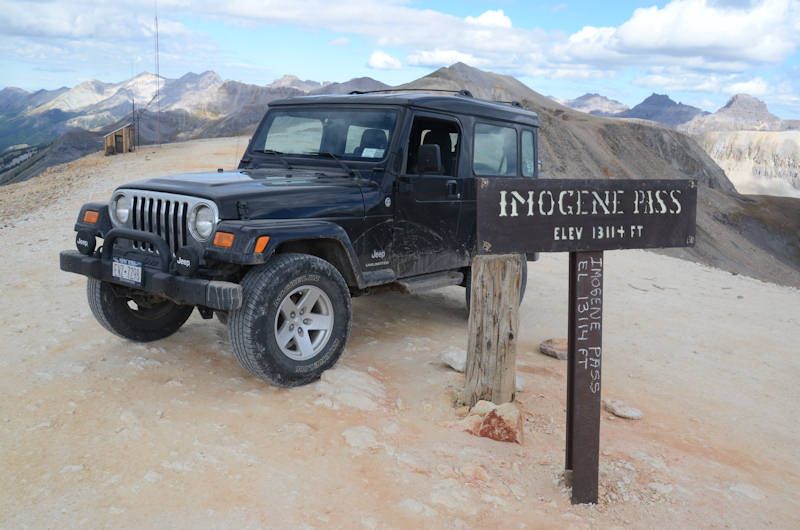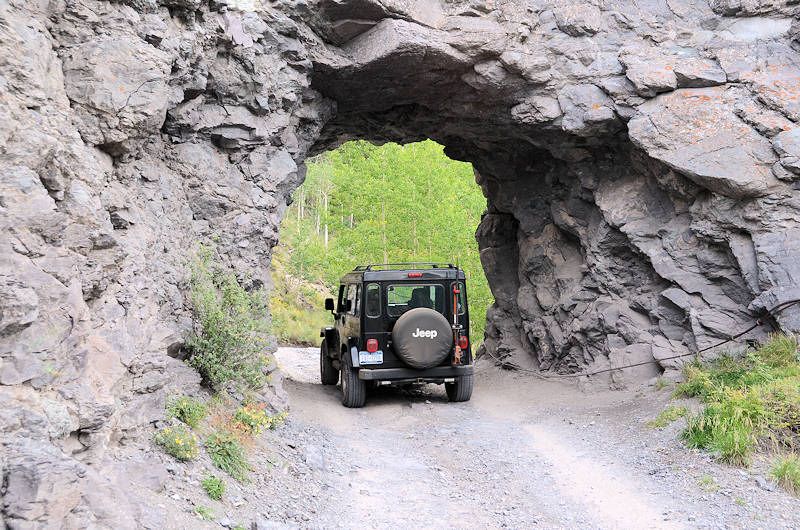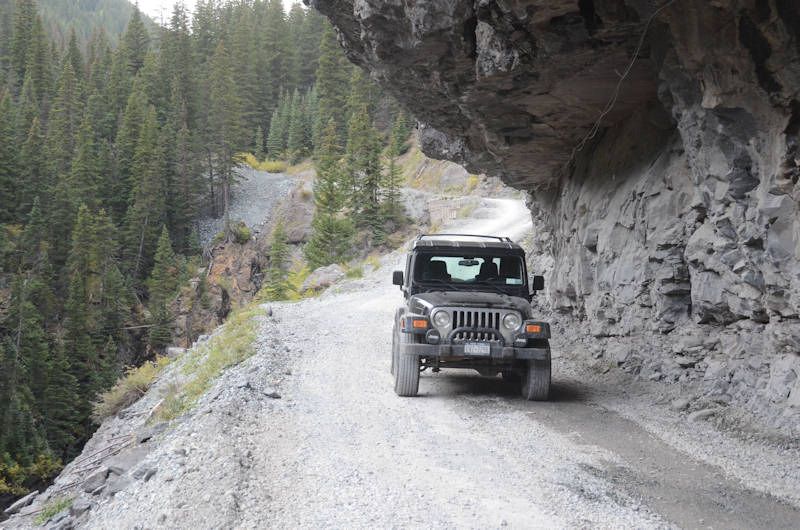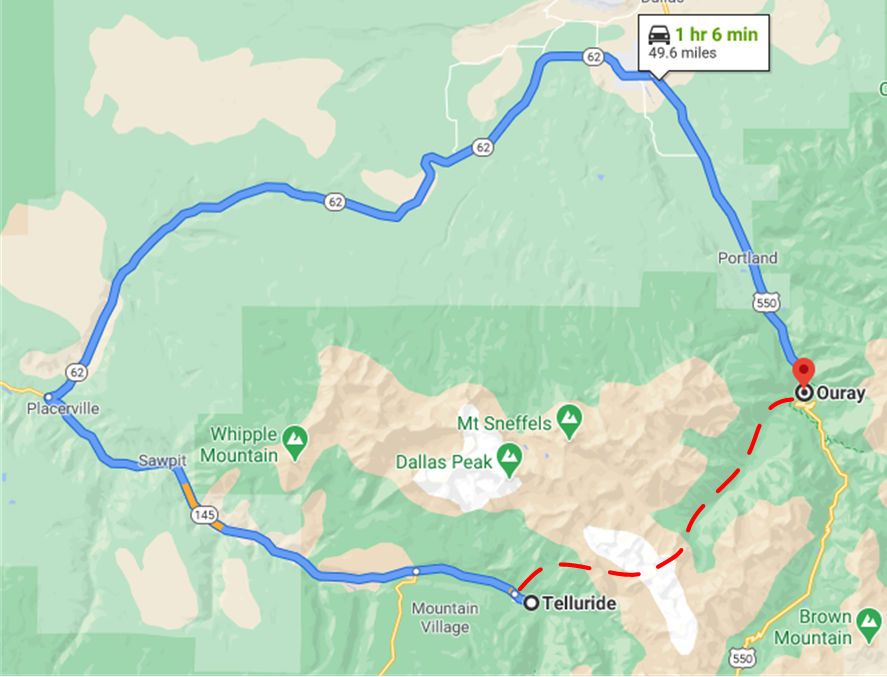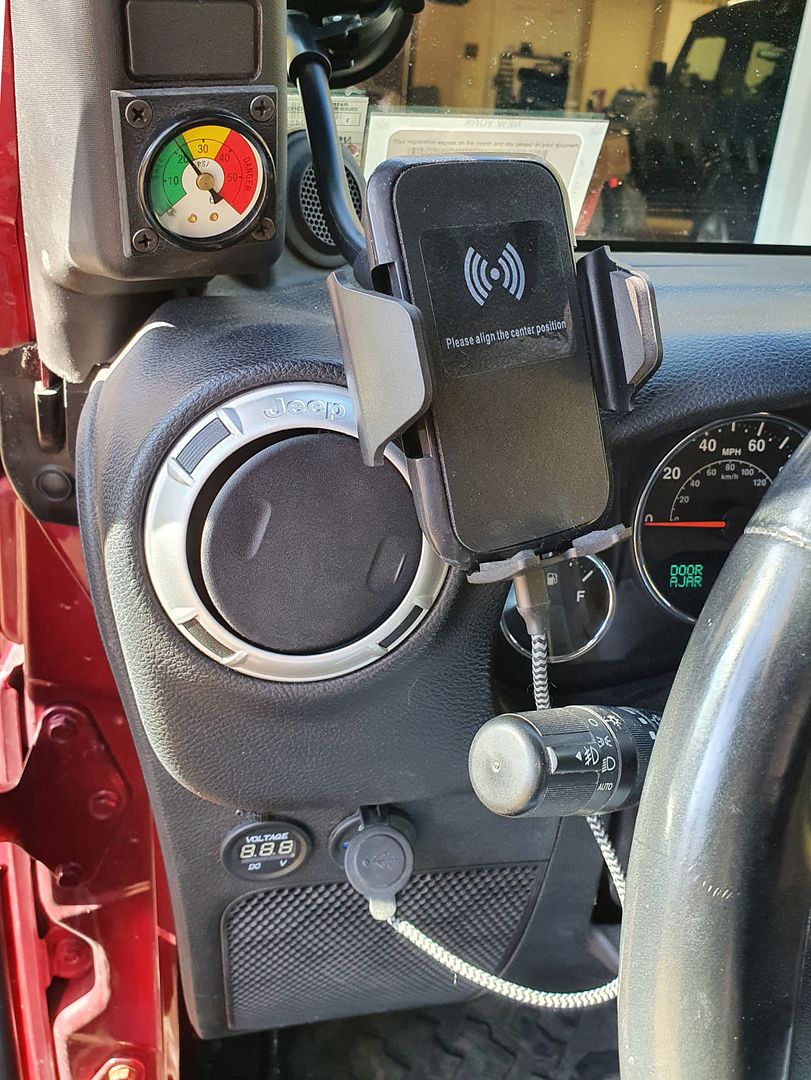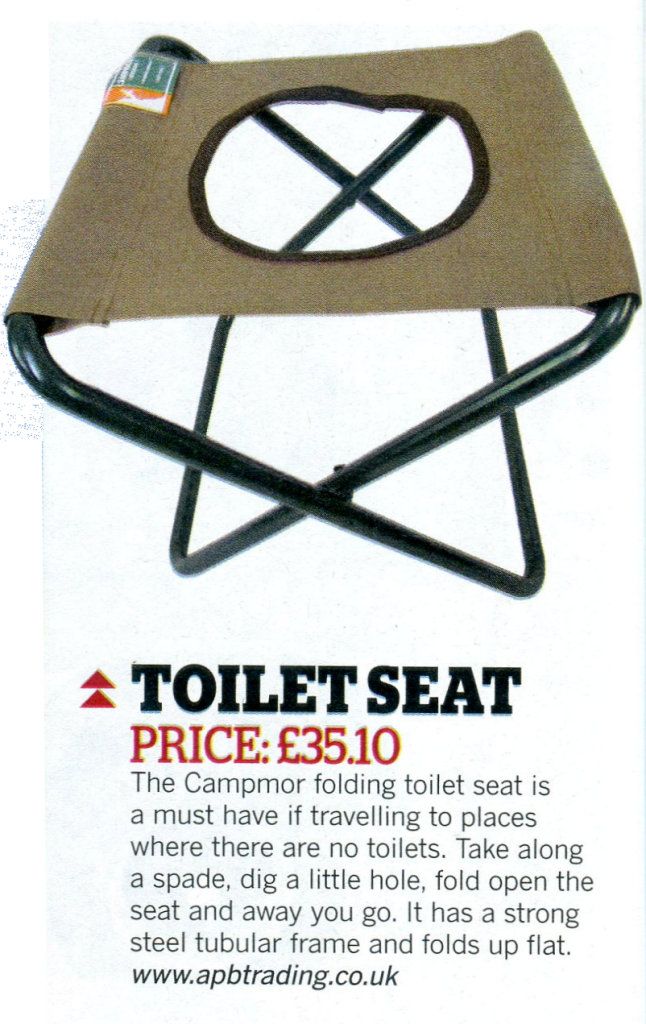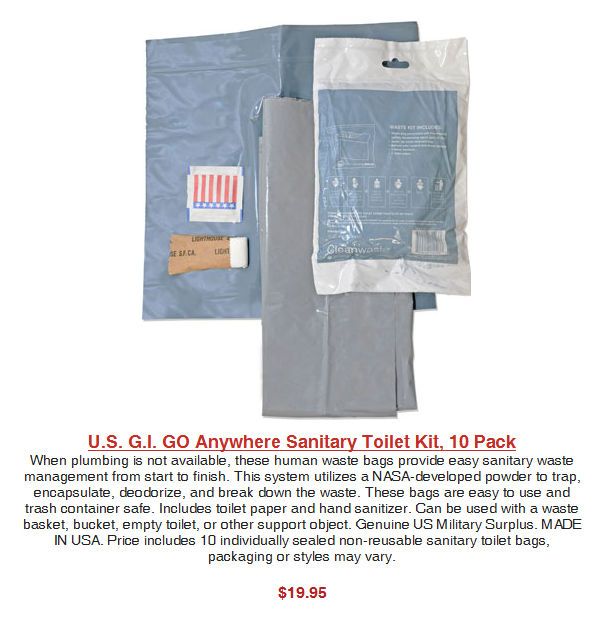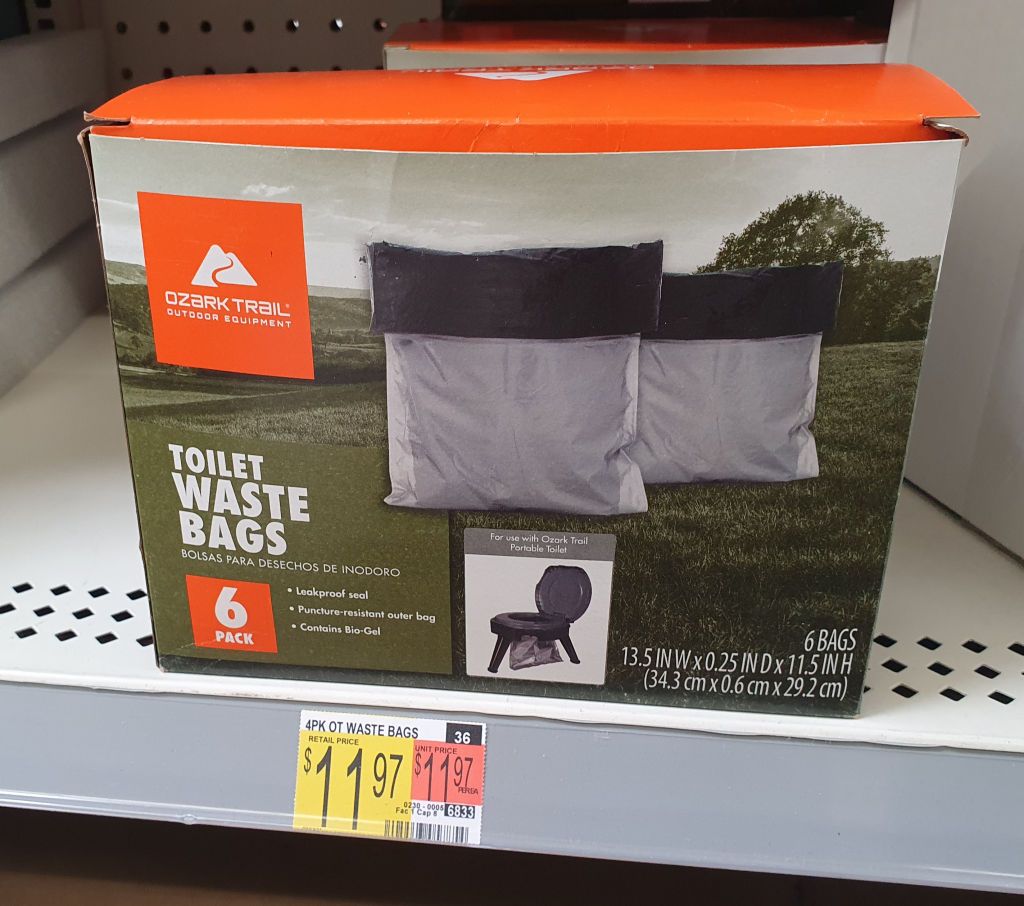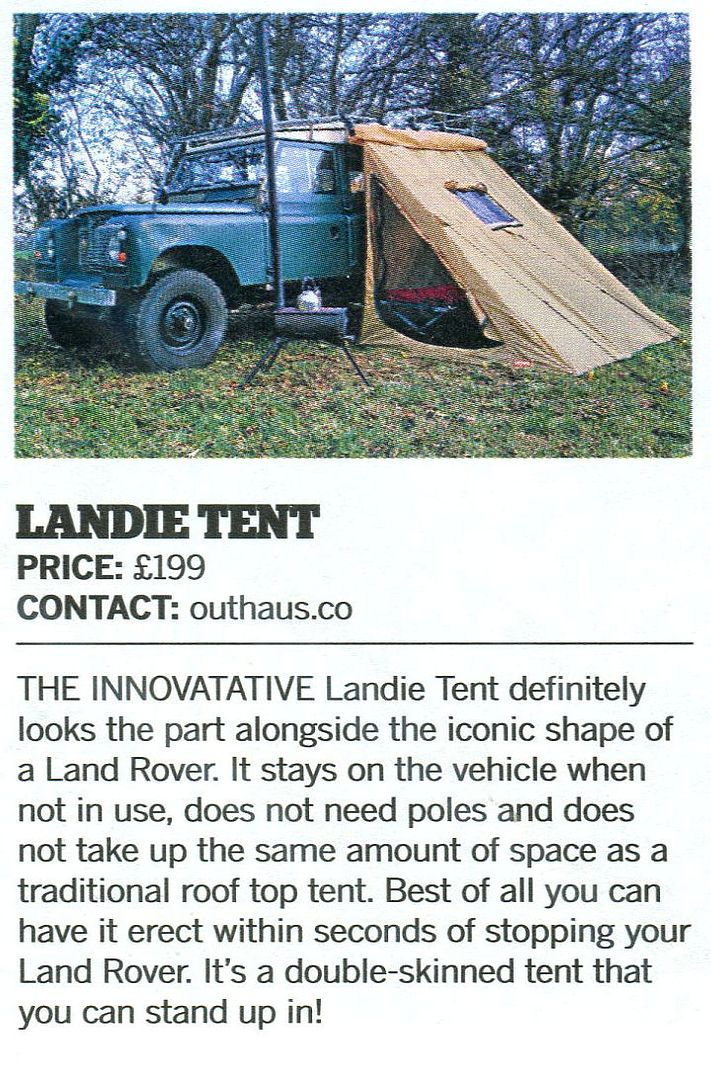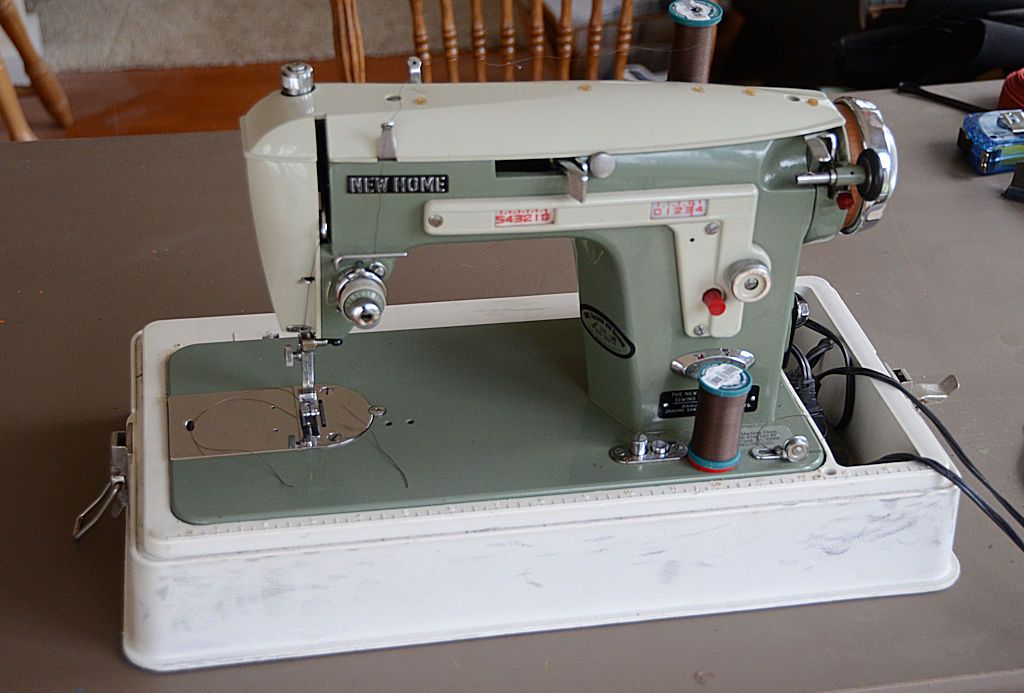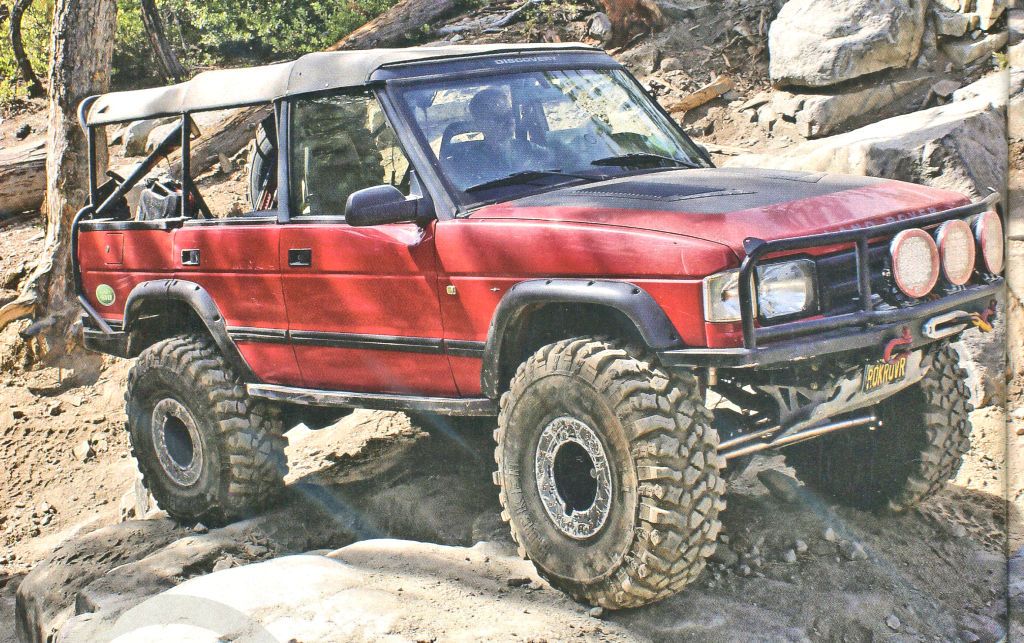jscherb
Expedition Leader
In a "Get set for summer" issue one of the magazines did a story covering the pros and cons of the many different ways to camp...
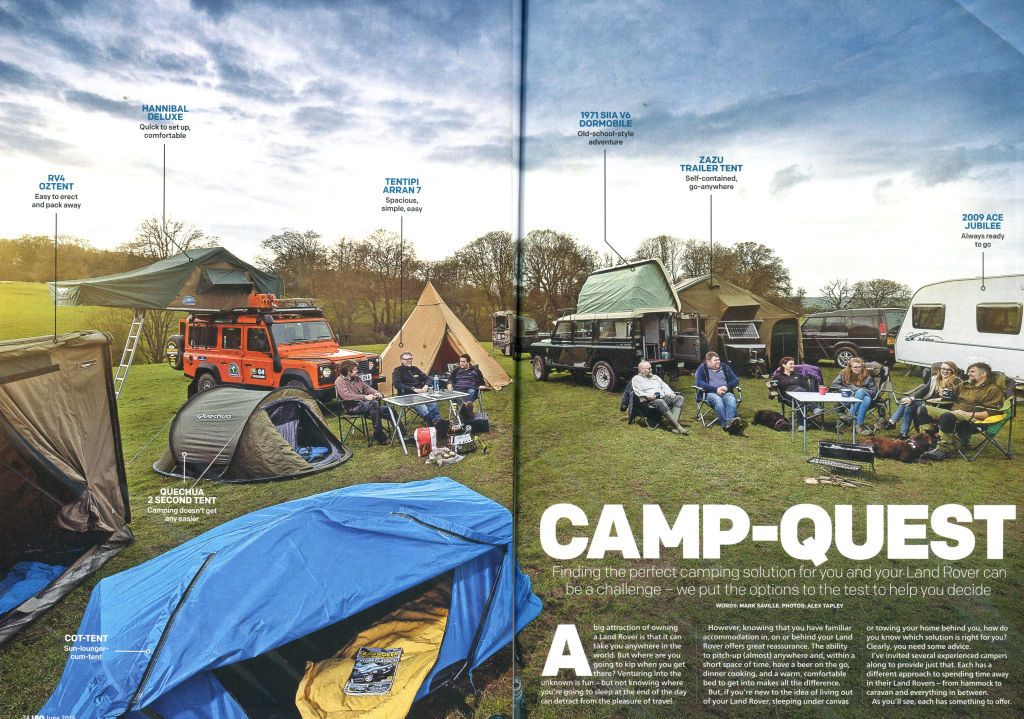
I'll just pick out two things I found interesting. First, this piece about camping inside the vehicle. It's a common thing to do but for people of my height it's a bit cramped even in the longest Jeep. What they did in the front seats is interesting. They've got a small butane stove set up on the center console between the seats, and a removable table that hangs on the dash. I could see using the table - this past year during the pandemic every time I've eaten drive-through fast food because inside dining is close I wished I had something like this. As for the stove, Jeep seats are closer together than Land Rover seats to this might not be a good idea in a Jeep.
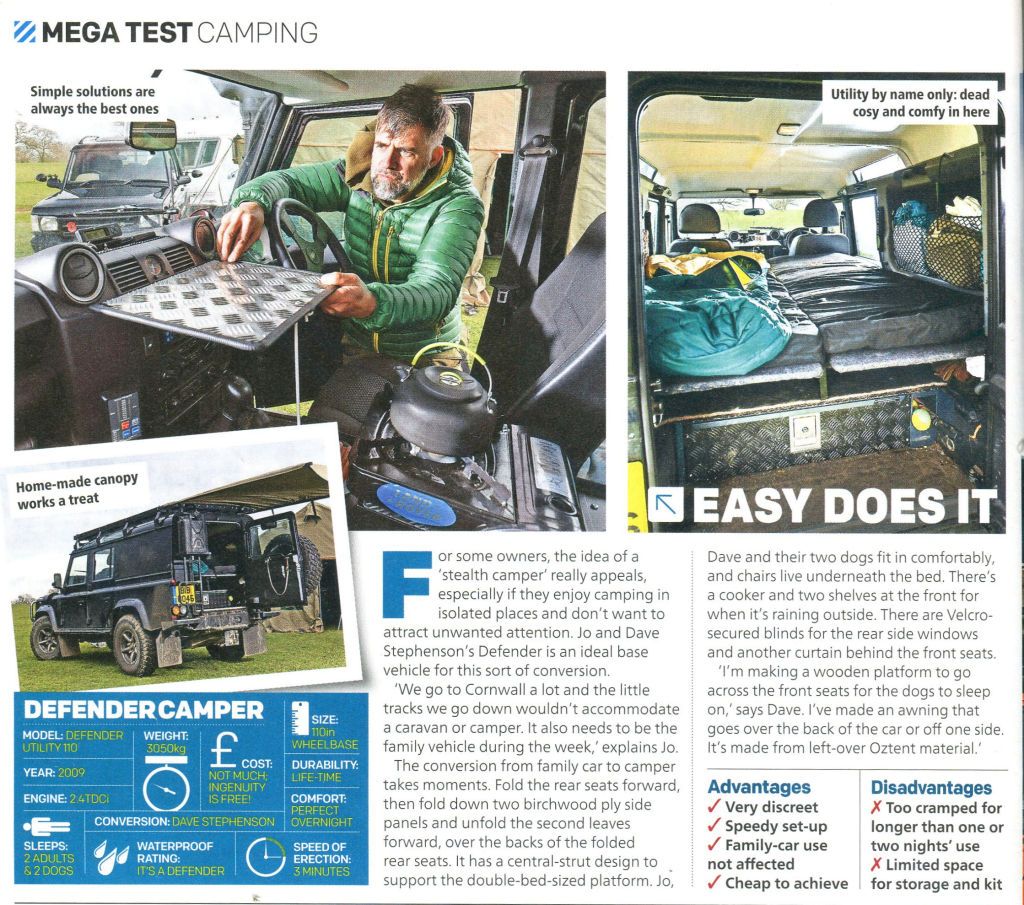
One thing I would like to have for future camping trips is a hammock. Not for sleeping as they write about in this piece, but for relaxing (and maybe a nap). It doesn't show clearly in the photos, but it appears they've hung one end of the hammock on the bottom of the a-pillar. Wouldn't he hard to make a hook/mount that attaches using the a-pillar/windshield bolts on a Jeep. Of course you'd have to park close enough to a tree or something for the other end of the hammock, but a setup like this wouldn't take up much storage space in the Jeep - hammocks roll up pretty small.

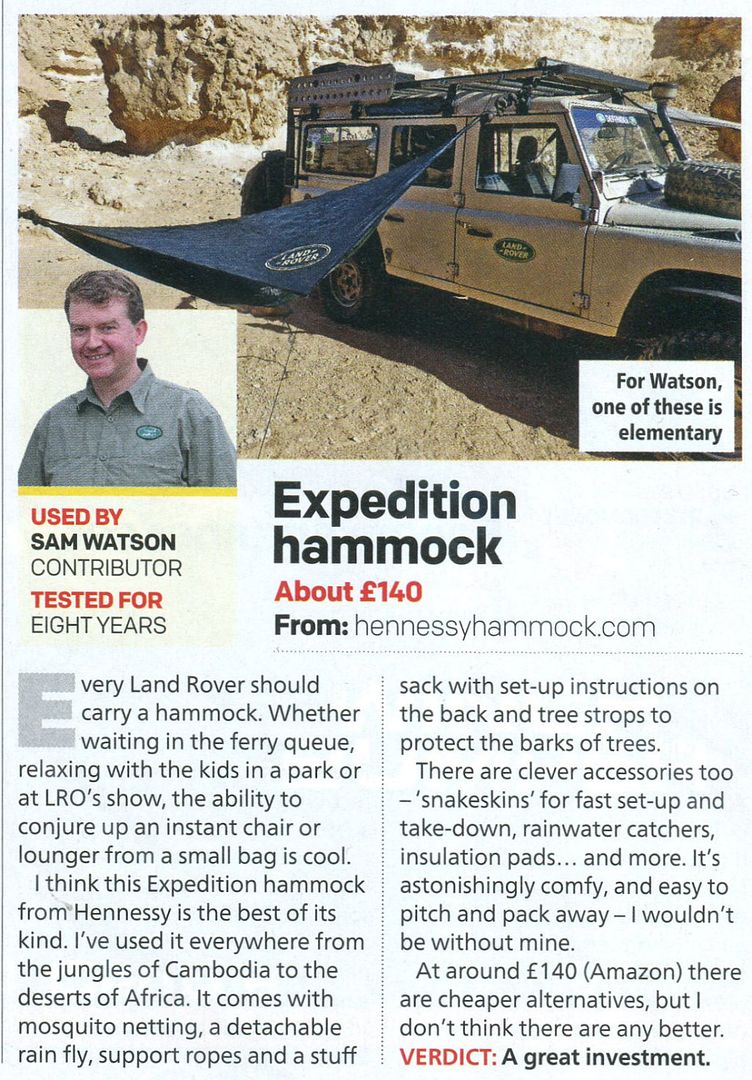

I'll just pick out two things I found interesting. First, this piece about camping inside the vehicle. It's a common thing to do but for people of my height it's a bit cramped even in the longest Jeep. What they did in the front seats is interesting. They've got a small butane stove set up on the center console between the seats, and a removable table that hangs on the dash. I could see using the table - this past year during the pandemic every time I've eaten drive-through fast food because inside dining is close I wished I had something like this. As for the stove, Jeep seats are closer together than Land Rover seats to this might not be a good idea in a Jeep.

One thing I would like to have for future camping trips is a hammock. Not for sleeping as they write about in this piece, but for relaxing (and maybe a nap). It doesn't show clearly in the photos, but it appears they've hung one end of the hammock on the bottom of the a-pillar. Wouldn't he hard to make a hook/mount that attaches using the a-pillar/windshield bolts on a Jeep. Of course you'd have to park close enough to a tree or something for the other end of the hammock, but a setup like this wouldn't take up much storage space in the Jeep - hammocks roll up pretty small.



